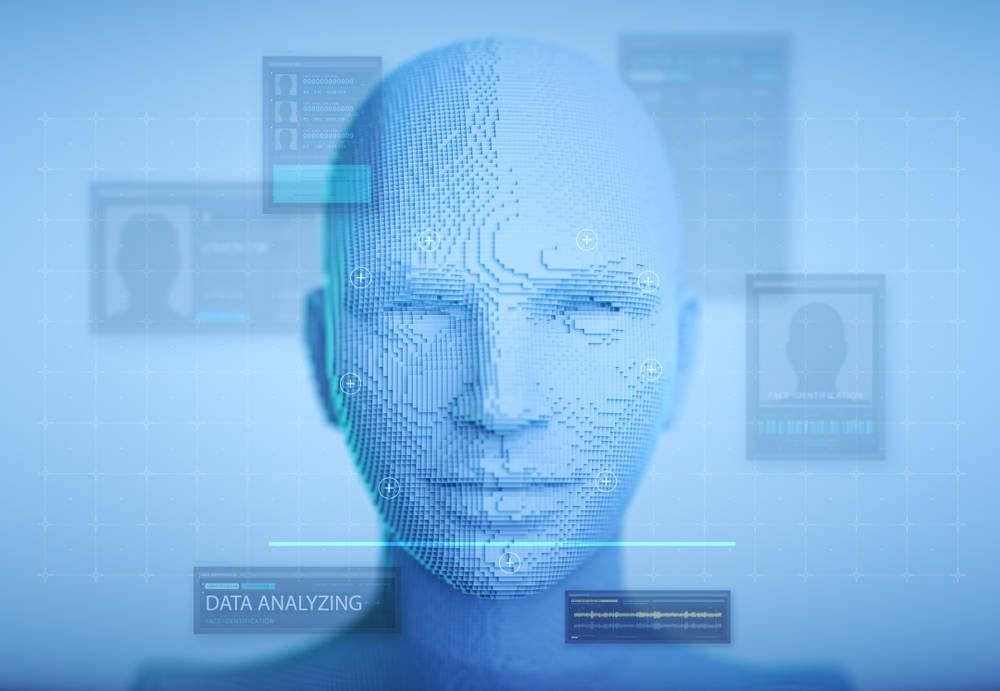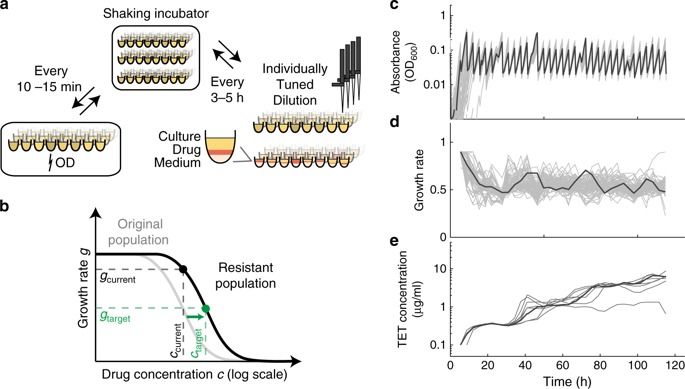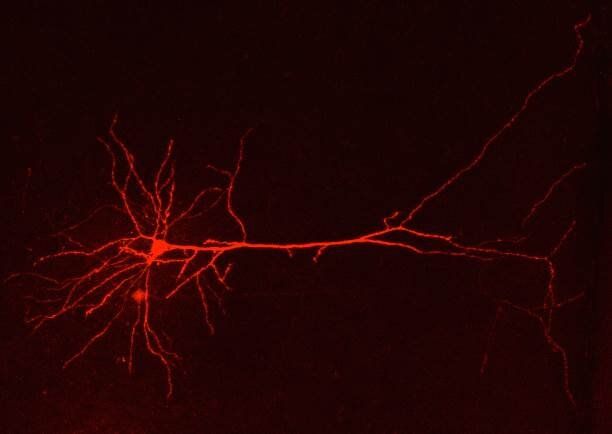Springer ditches paper from research tome, boffins rail against junk science.



Dust is on the way to the United States this week making the more than 6,000-mile journey from the Sahara Desert.
This might seem to work against typical weather patterns, but dust in the United States from the Sahara happens every year. While it may not be abnormal to see the Saharan dust make its annual journey to the United States, we are expected to see more of it than usual.
Tiny individual dust particles combine to make a large plume so big that it can be picked up on satellite images and even be seen from the International Space Station.

New research untangles the complex code the brain uses to distinguish between a vast array of smells, offering a scientific explanation for how it separates baby powder from bleach, lemon from orange, or freshly cut grass from freshly brewed coffee.
A single scent can trigger a complex chain of events in what’s known as the olfactory bulb, the brain’s control center for smell. To unravel the intricacies of that process, researchers in the U.S. and Italy turned to a technique known as optogenetics, which uses light to control neurons in the brain. In research on mice, they used light to trick the brain into thinking it smelled a particular scent, then studied brain activity to understand the role different neurons play in a mouse’s ability to recognize that scent. Their findings were published Thursday in Science.
When we encounter a certain smell, it stimulates a specific pattern of activity among tiny spheres known as glomeruli, which are found in the olfactory bulb. The odor plays across these glomeruli like a melody across piano keys: Just as a tune is made distinct by which keys are pressed and at what point in the melody, a scent is made distinct by which glomeruli are activated and in what order.

Axiom Space will now let you book a unique all-inclusive vacation to the Internation Space Station for a casual US$55 million per seat.
Having signed a contract with SpaceX – because who else? – the company has effectively secured permission for a fully-trained commander and three “private astronauts” (read: bored & wealthy operators) to travel via one of SpaceX’s Crew Dragon capsules.
“This history-making flight will represent a watershed moment in the march toward universal and routine access to space,” says Axiom CEO, Michael Suffredini.

Genetic perturbations that affect bacterial resistance to antibiotics have been characterized genome-wide, but how do such perturbations interact with subsequent evolutionary adaptation to the drug? Here, we show that strong epistasis between resistance mutations and systematically identified genes can be exploited to control spontaneous resistance evolution. We evolved hundreds of Escherichia coli K-12 mutant populations in parallel, using a robotic platform that tightly controls population size and selection pressure. We find a global diminishing-returns epistasis pattern: strains that are initially more sensitive generally undergo larger resistance gains. However, some gene deletion strains deviate from this general trend and curtail the evolvability of resistance, including deletions of genes for membrane transport, LPS biosynthesis, and chaperones. Deletions of efflux pump genes force evolution on inferior mutational paths, not explored in the wild type, and some of these essentially block resistance evolution. This effect is due to strong negative epistasis with resistance mutations. The identified genes and cellular functions provide potential targets for development of adjuvants that may block spontaneous resistance evolution when combined with antibiotics.

The current pandemic isn’t just affecting humans, it’s also impacting wildlife. As the world locks down to avoid further spread of the devastating coronavirus, there are suddenly far fewer cars on the road, planes in the sky and ships in the water. And nature has surely noticed.
Recently, pumas have been spotted ambling down the streets of Santiago, Chile and coyotes have been combing through San Francisco, while rats have grown increasingly aggressive in their hunt for ever-dwindling scraps, and starving urban monkey gangs brawl over diminishing resources.
Some people started calling it the ‘Great Pause’. Now, scientists have come up with a more precise and technical way to describe these exceptional circumstances, outlining what we might learn from their effects.

ebiol, Inc. has invented a film called “Imec” made of hydrogel for growing vegetables with less water. Using this method, agriculture can be done virtually anywhere — even on desert land or concrete. The film prevents harmful viruses and germs from getting in, rendering pesticides unnecessary. The film also creates a “water stress” that helps crops such as tomatoes synthesize large amounts of sugar, amino acids, and other nutrients. This, in turn, leads to more natural sweetness and higher nutritional value. In addition, Imec eliminates soil contamination that can negatively impact crop productivity and quality.


“Despite their abundance, astrocytes have been relatively overlooked by neuroscientists,” says Mirko Santello, last author of the study. Yet these cells are extremely important to clear transmitters released by neurons. In their study the researchers were able to show that in familial migraine the astrocytes cannot remove excessive transmitters released by neurons. “The impairment in astrocytic glutamate uptake in the cingulate cortex strongly enhances cortical dendritic excitability and thus enhances firing of the neurons,” Santello says…
Migraine is a complicated disorder that affects part of the nervous system. “Our results provide a clear example of how astrocyte dysfunction produced by a genetic defect affects neuronal activity and sensitivity to head pain triggers,” explains Mirko Santello. The findings help to better understand migraine pathophysiology and suggest that the cingulate cortex may represent a critical hub in the disease. The demonstration of the link between dysfunction of astrocytes in the cingulate cortex and familial migraine could help in devising new migraine treatment strategies.
Neuroscientists of the University of Zurich shed a new light on the mechanisms responsible for familial migraine: They show that a genetic dysfunction in specific brain cells of the cingulate cortex area strongly influences head pain occurrence.